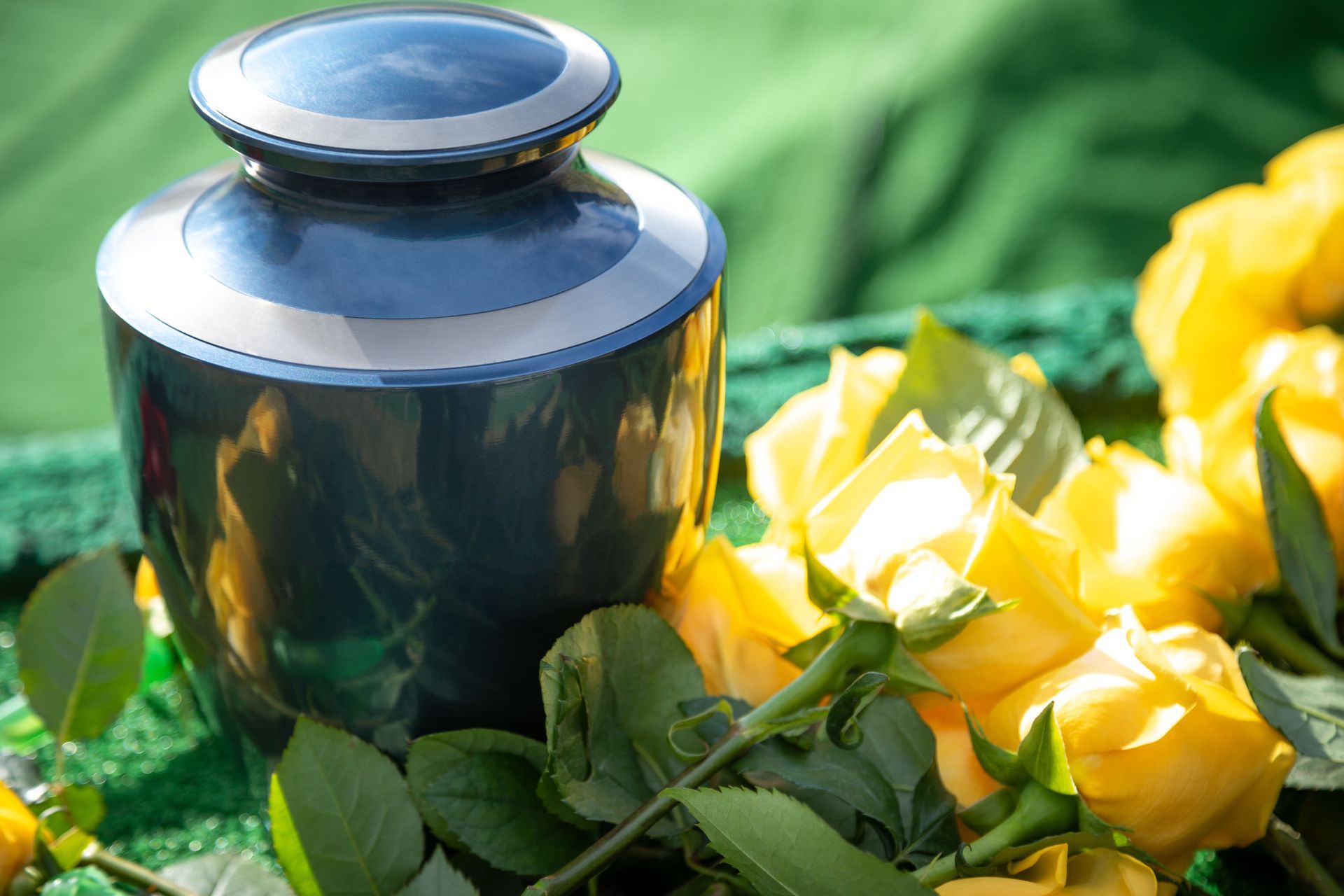How Does a Typical Cremation Happen?
Planning for end-of-life arrangements can be an emotional and challenging task, and understanding the process of cremation might help provide some clarity and peace of mind during this difficult time. Cremation has become an increasingly popular choice due to its simplicity, affordability, and lower environmental impact compared to traditional burials. In this article, we will walk you through the typical cremation process, offering insight into each stage to help ease your concerns and provide transparency.
Initial Preparation of the Deceased
The cremation process begins when the deceased individual's body is carefully prepared at a funeral home or crematory. This initial step includes identifying the body and completing the necessary documentation, such as the death certificate and cremation authorization. Any jewelry or medical devices, such as pacemakers, are carefully removed to prevent complications during the cremation process. After the preparation, the body is placed in a combustible container or casket specifically designed for cremation.
Transfer to the Cremation Chamber
Once the body is prepared, it is transferred to the cremation chamber, also known as a retort or oven. The chamber is where the cremation process takes place. According to Talk Death, the temperature in cremation chambers can get up to 2,000 degrees Fahrenheit. This intense heat reduces the body to bone fragments over the course of approximately one to two hours, as reported by the Cremation Association of North America. Each cremation is performed individually, ensuring that the remains of one individual are not mixed with those of another. Throughout the process, strict regulations are in place to guarantee a respectful and dignified service.
Preparation of the Cremated Remains
After the cremation is complete, the bone fragments are allowed to cool before being carefully processed into a fine powder known as ashes or cremated remains. This fine powder is what is typically referred to as the cremated remains. These remains are then carefully placed into a temporary container or an urn, which can be chosen by the family. At this stage, families may decide to scatter the ashes, keep them in an urn at home, or inter them in a columbarium. This part of the process allows families to honor their loved one's memory and carry out their final wishes in a meaningful and personal way.
Understanding the cremation process can help individuals make informed decisions and feel more at ease when arranging services for a loved one. Cremation offers families a way to create lasting memories and celebrate the life of their loved one with dignity and respect. For more information, reach out to Apsey Funeral Home Inc. We are proud to serve you and answer any questions you may have along the way.




Share On: